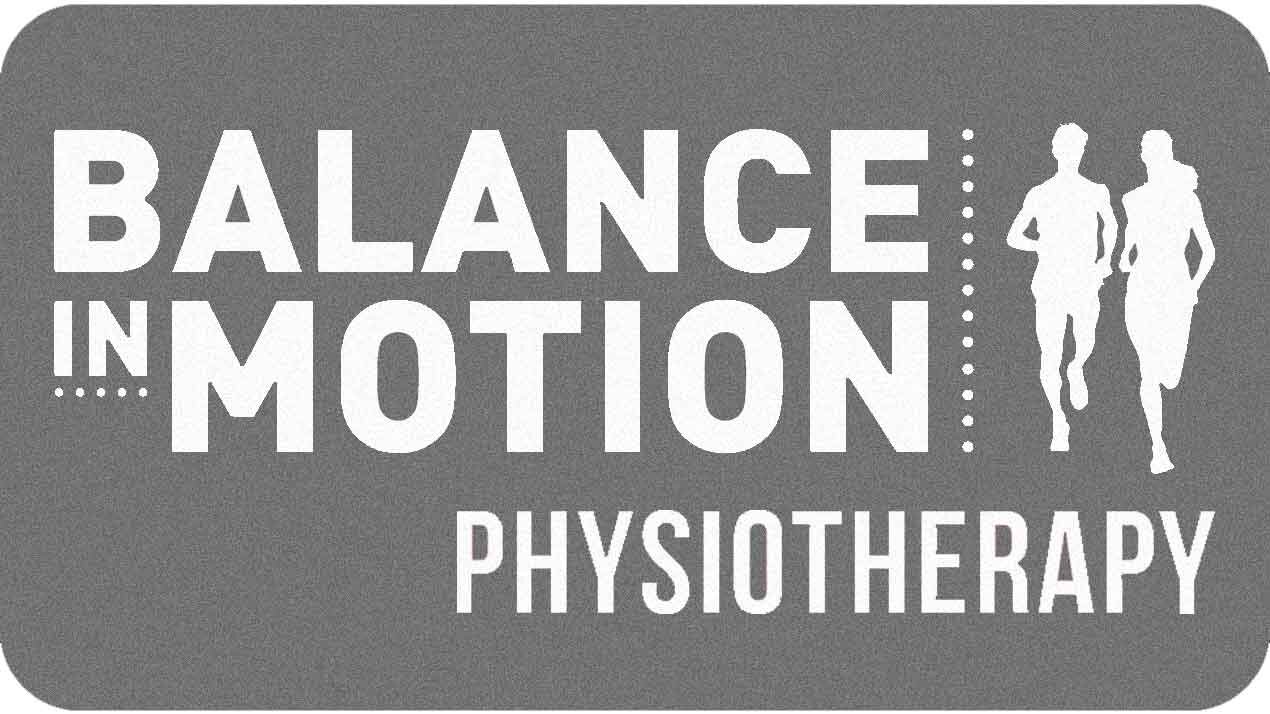Getting Back to Exercise After a Break: A Physiotherapist’s Guide
/Life happens, and sometimes that means putting exercise on hold for a while. Whether it’s due to an injury, illness, or a much deserved holiday, it can be tough to get back into your fitness routine. The good news is that returning to exercise after a break doesn’t have to be overwhelming. With the right approach and not going too crazy, you can ease back into things safely and make it an enjoyable journey. Here’s how to do it:
1. Check In with a health professional
If you’ve taken a break due to injury or other health concerns, it’s a good idea to see someone who knows what they are talking about before jumping back in. They can assess where you're at physically, identify any areas of weakness, and help you create a plan that suits your current fitness level. It’s a great way to ensure you’re starting off on the right foot and not going to jump in the deep end too quickly.
2. Start Slow and Build Up Gradually
Your body might not be in the same shape it was before, and that’s completely normal. The goal early on is to get your body used to moving again and in the right way without overloading it. Gradually increasing the duration and intensity as you start to feel stronger is your best way forwards and not going all out the first session back is the best way to stay on track to start 2025.
3. Work on your Mobility and Flexibility as well!
If you’ve been away from exercise for a while, you might notice that some areas of your body feel stiff or tight, especially after a lot of those long drives up or down the coast. Focusing on mobility exercises—like stretching, yoga, or dynamic movements—can help you restore flexibility and get your body moving more freely again. Target areas that tend to get tight, like your hips, back, and shoulders. This will not only feel good but will also reduce your risk of injury as you ramp up your workouts.
4. Strengthen Weak Areas
A break from exercise can leave certain muscles weaker than they used to be, so this is the perfect time to address any imbalances. Again your best way of identifying these is yo see women who knows about movement or to even go to areas that have previously been an issue. Strengthening these areas will help improve your overall stability and function, making it easier to progress to more intense exercises later on.
5. Listen to Your Body
One of the most important rules when returning to exercise is to *listen to your body*. We harp on about this way too much in our clinic but it is one everyone always forgets about this time of year! It’s normal to feel a little sore as you ease back in, but if something hurts (in a bad way), stop. Sharp or persistent pain is your body’s way of saying, “Hey, take a break.” If this happens, give yourself some time to rest and, if necessary, check in with your physiotherapist to make sure you’re not doing more harm than good.
6. Prioritise Rest and Recovery
It’s easy to think that the more you work out, the faster you’ll get back to your old self. But rest and recovery are just as important as the workouts themselves. Make sure you’re giving your muscles time to repair and rebuild after each session. Don’t forget about the importance of sleep, hydration, and good nutrition—your body needs those to recover properly and are the easy things to change. Ice baths, saunas and massage guns are fantastic tools as well but the basics are an absolute fundamental in recovery.
7. Set Realistic Goals
As tempting as it might be to jump back into your old routine or even push into a new one, it's important to set realistic goals for yourself. You’re not going to pick up exactly where you left off, and that’s okay! Set small, achievable milestones that you can gradually build on.
8. Ease Back Into Your Old Routine
Once you’ve gotten your body accustomed to exercise again, you can start adding in more of your usual workouts. But remember, be patient—regaining your previous fitness level might take some time. It’s okay to modify your old routine to suit where you are now. As you get stronger and more comfortable, you can start pushing yourself a bit more. But always check in with yourself to make sure you're progressing safely.
Returning to exercise after a break is usually pretty exciting especially if you’re like me and ate way too much ham at Christmas but remember to take it slow, listen to your body, and focus on building back up gradually. Be kind to yourself during the process—your body will thank you for the patience and consistency. If you ever feel uncertain, or if you’re recovering from an injury, check in with a health professional to help you get back on track and start 2025 the right way!

